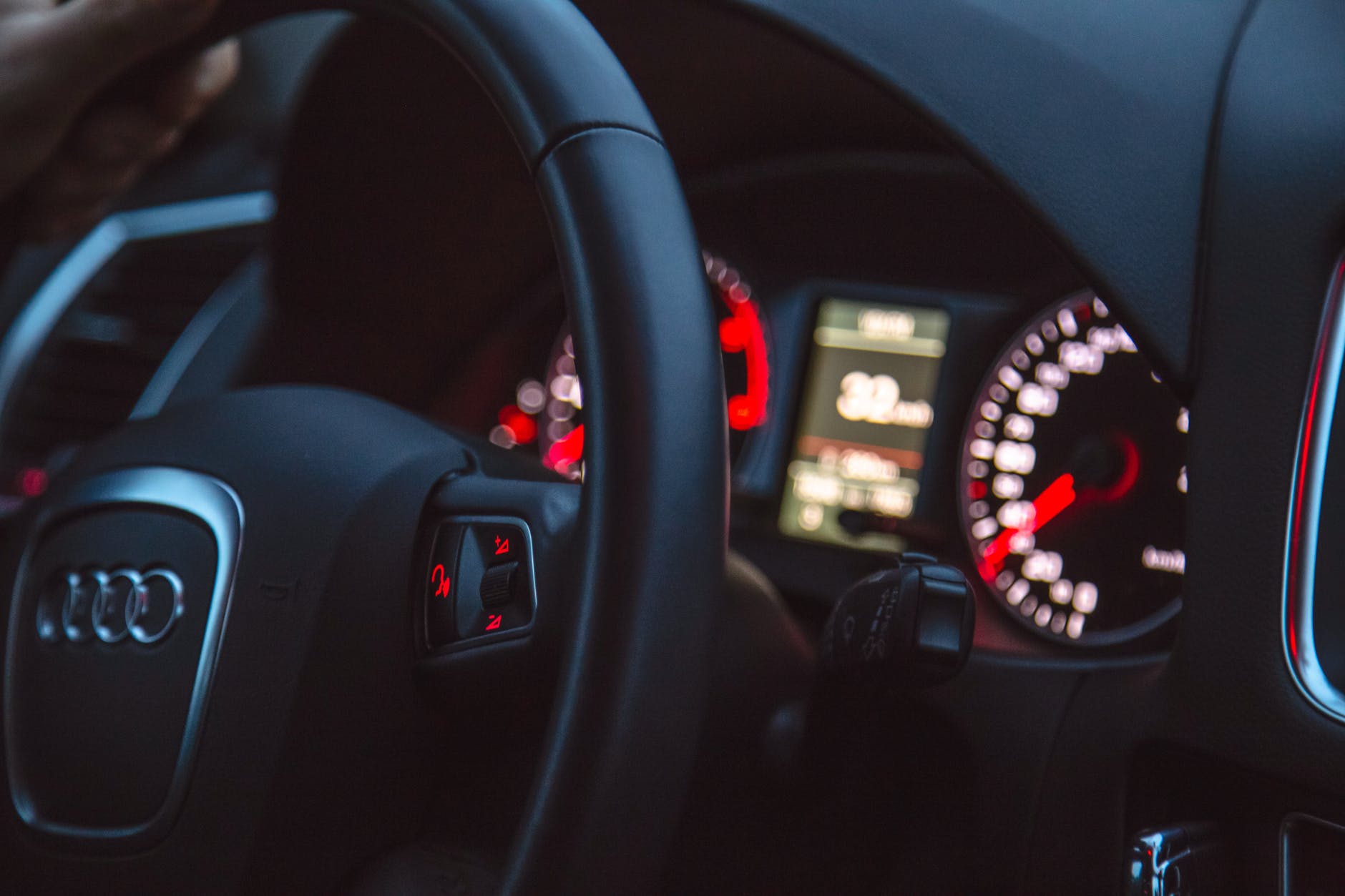How Does A Self-Driving Car Work?
In a world of ever-evolving technology, science is helping us experience greater comforts with each passing day. The latest in the line of remarkable advances in transportation are autonomous vehicles. What was once considered an impossible feat is now a fast-approaching reality. Self-driving or autonomous cars are crossing over from science fiction to reality. With companies like Google, Tesla, and Intel establishing dedicated programs to develop autonomous cars, is it only a matter of time before we can permanently take our hands off the wheel? How does a self-driving car work? Let’s find out.
How does a self-driving car work?
Cars today are already partially autonomous with features that set them halfway on the path to complete autonomy. But with limited software capabilities, they are almost completely reliant on the person at the steering wheel for decision-making.
The functioning of self-driving cars rest on three technologies:
-
Sensors
Sensors for advanced safety features like blind spot monitoring, assistance in lane keeping, and collision warning are already in use today. Sensors for other features like radar, camera input, and ultrasonics can be used to steer and navigate the car safely in the desired direction.
-
Connectivity
Access to maps, weather conditions, traffic updates, adjacent cars on the road, and road infrastructure promotes connectivity. This data can be used to anticipate when to brake or how to avoid hazardous situations.
-
Software algorithms
Software algorithms are required to capture and assimilate data from sensors and connectivity tools to make precise decisions on when to steer, brake, increase speed, and map route guidance. Unarguably the most complex component, the decision-making algorithm must be able to handle multitasking in simple as well as complex situations. It should not only be self-adapting and robust but also be fault tolerant to ensure safety.
For depth perception, a laser scanner is used. Also called the Light Detection and Ranging (LiDAR) system, this sends out light pulses that reflect off objects. Processing the data gathered from the circumstances of the collision, it generates a three-dimensional map of the vehicle’s surroundings. This model includes the shape, size, and distance of the objects in the surroundings.
To sense if these objects are stationary or moving obstacles, a radar is used. It sends out sound waves that bounce off objects around the car and in its path. It also records the direction in which they are moving along with their speeds and range. To detect the subtleties of the road like traffic lights and street signs, a narrow-lens video camera is used. It also aids the computer in recognizing moving obstacles such as pedestrians, bicyclists, or other cars.
Finally, to help out with navigation a simple GPS is used, aiding in reliably reaching the destination. Keep in mind the data collected from the aforementioned hardware is more sophisticated than what humans can collect with their primal senses and is not affected by the state of the driver such as fatigue or insomnia. However, what the hardware does is not that impressive. Raw data is just that – raw data. And what makes automation possible is the ability to process said data.
What makes these self-driving cars special is not the way they gather information but the way they process it. The computer processes real-time inputs from the laser scanner, radar, and video camera. Combining them with mapping and navigational data from the GPS, it controls the vehicle’s operation by manipulating the motors connected to the steering wheel and pedals. It makes these decisions by relying on algorithms based on complex mathematical models.
Also Read: How Does a Self-Driving Car Park?
Conclusion
According to studies, typically 94% of accidents are a result of human error. Self-driven cars could be the solution to reducing collisions and accidents. The impact of such an invention can create ripples throughout other industries, including reducing reliance on emergency response systems and a significant reduction in healthcare costs.
Google and Tesla are two major companies that are leading the development of autonomous cars. Google is using Lidar to develop cars devoid of foot pedals and a steering wheel. Tesla uses Autopilot, a software that employs high-tech camera sensors acting as the car’s eye.
While technological evolution is expected to make autonomous vehicles a reality soon, currently such vehicles are legal only in the US (and a few states at that). Ultimately, safe interaction with other objects and persons will govern their acceptability in other countries.

